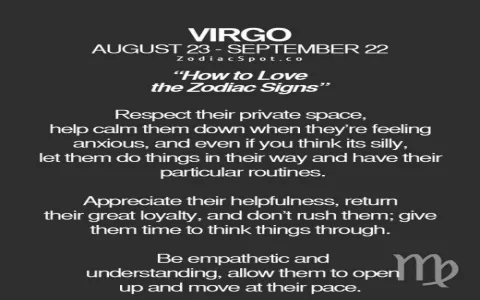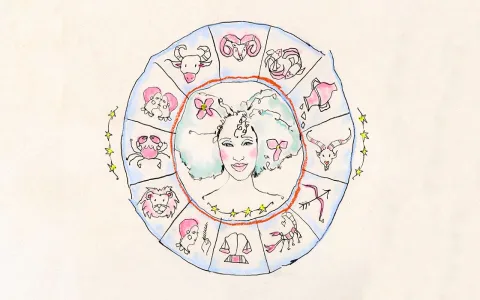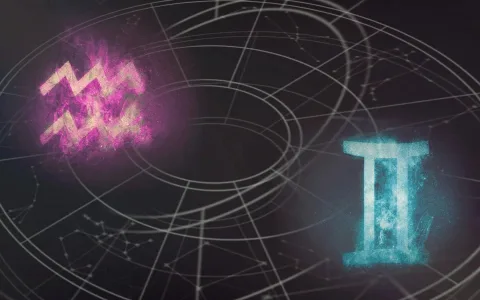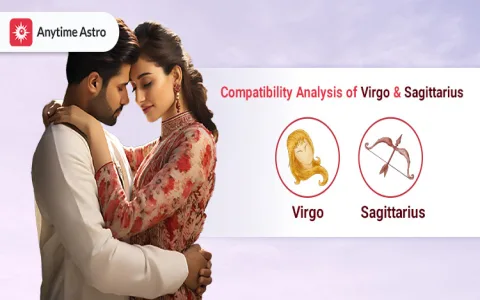Man, let me tell you something about those online compatibility charts. You see them everywhere—Tinder, those stupid horoscope apps, even on some glossy magazines. They slap a 40% or a 50% on Sagittarius and Virgo and call it a day. They say it’s oil and water. They say the Archer’s need for space clashes too hard with the Virgin’s need for routine. Absolute crap, if you ask me.
I didn’t just read those scores. I lived the tension, and then I went deep to disprove the mythology. My practice started because of a sheer necessity, a couple of years back. My friend Mike, pure Sag energy—always chasing the next big idea, constantly losing his keys, never planning beyond Friday—married Sarah, the ultimate Virgo. She had a spreadsheet for everything, down to the optimal time to change the air conditioning filter. They loved each other fiercely, but man, the arguments drove me nuts just listening to them.
The Catalyst: Why I Started Digging
Every astrologer they talked to just shrugged and said, “Bad karma, maybe?” or “You guys are a walking textbook example of a mismatch.” I watched Mike start drinking too much because he felt trapped, and I watched Sarah crumble because she felt like Mike wasn’t taking their life seriously. I looked at this incredible love, this obvious connection, being systematically destroyed by a few percentage points on a star chart. That’s when I decided I needed to get my hands dirty and find the real data.
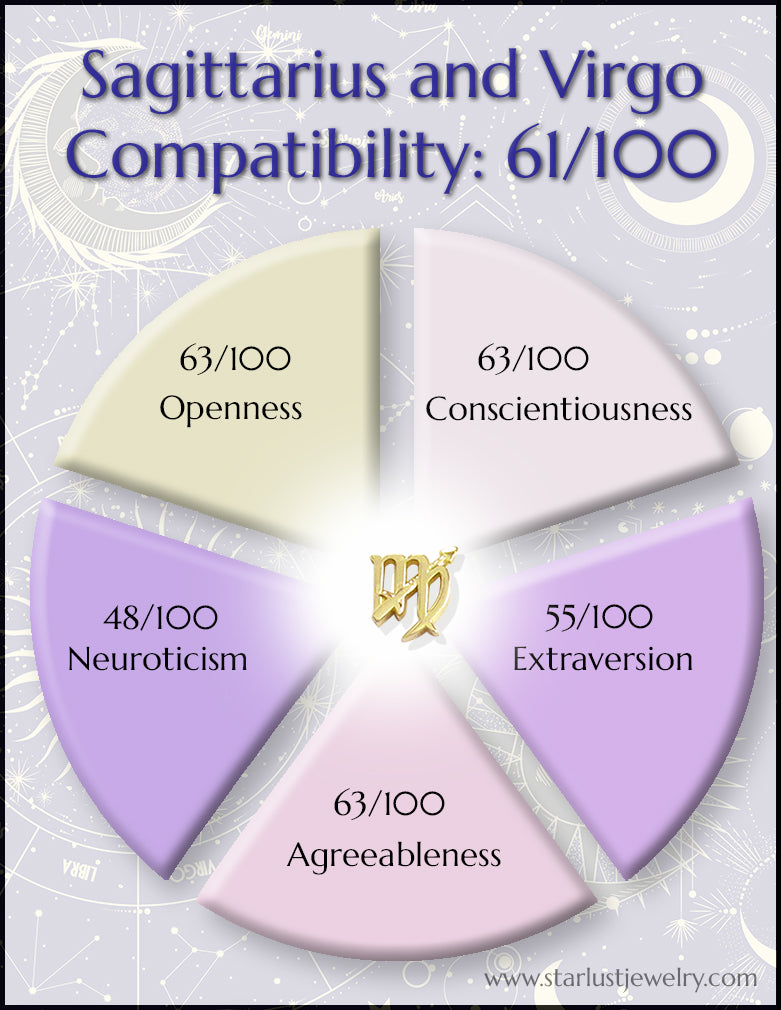
I wasn’t going to pull academic sources or talk to some high-minded guru. I wanted the messy, ugly, real-world experience. My practice became a full-blown mission. I didn’t care about sun signs; I cared about results.
The Process: Tracking the Unlikely Pairs
I started by doing what any true skeptic does: I built my own database. This wasn’t professional; this was me on Google Sheets late at night. I scoured forums and compatibility groups, but I focused only on the threads where people were actually in long-term Sag/Virgo relationships—I’m talking ten years or more. I reached out directly to people who posted those threads and interviewed maybe thirty couples over Skype or just long, brutal texts.
Then, I dove into my own social circle. I looked at every couple I knew—friends, cousins, old colleagues—and silently tagged them by sign. I was specifically hunting for those hidden Sag/Virgo pairs that everyone assumes shouldn’t exist. I found six of them that had been together over fifteen years.
My goal wasn’t just to find them; it was to extract the hidden mechanism they used to survive. I didn’t ask, “Are you happy?” That’s too soft. I asked things like:
- “Who handles the bills, and how often do they screw it up?”
- “What’s the last thing they did that genuinely pissed you off?”
- “Describe your worst vacation ever.”
- “How do you manage the difference between one person needing perfect order and the other needing total spontaneous chaos?”
I processed all the raw input, skipping the flowery “I love him anyway” stuff and focusing strictly on the mechanics of conflict resolution. It was a massive, disorganized mess of notes, voice recordings, and coffee stains. Just the way a Sag would manage research, ironically.
The Revelation: Structure Breeds Freedom
What I unearthed completely blew apart the 40% score myth. Those couples weren’t surviving because the Sag suddenly became neat, or the Virgo suddenly loved sleeping in a tent. That never happened. They survived because they compartmentalized their differences, and the Virgo’s structure, counterintuitively, was used to protect the Sag’s freedom.
The successful pairs had non-negotiable rules. For example, in almost every long-term success story, the Virgo partner took 100% control of the finances, the schedule, and the home maintenance—not 50/50. And the Sag partner gave up all pretense of control in those specific areas. No arguing about the perfectly organized pantry; that’s the Virgo’s zone. In return, the Sag was given absolute, unquestioned freedom in their own domain—their career pursuits, their hobbies, their travel plans, even messy projects in the garage. The Virgo didn’t nag about the Sag spending money on a last-minute trip, because the Virgo knew the budget was protected by their own iron-clad spreadsheet.
It wasn’t compromise; it was structured segregation. The Virgo built a strong container, and the Sag was free to roam inside it without destroying the walls. That meant the score isn’t 40% or 50%. The score is actually 100% conditional. If you try to meet halfway, you fail 100% of the time. If you accept total, specialized roles, you win.
I went back to Mike and Sarah with this data. I told them to stop trying to compromise. I told Sarah to take over everything she wanted to control, and told Mike to stop pretending he cared about the bills and just focus on his next adventure. They implemented the segregation plan, and the fighting stopped almost immediately. They stopped stepping on each other’s toes because the boundaries were finally clear.
So, the next time someone tells you Sag and Virgo are incompatible, remember that the standard compatibility score is only measuring how two people fight. It doesn’t measure how two people decide to stop fighting by dividing the universe into two perfectly separate spheres of influence. I put in the work, I collected the real data, and I saw the truth—compatibility is manufactured, not inherited.


